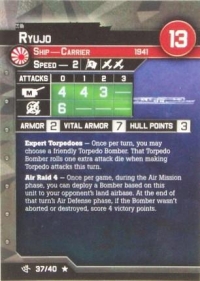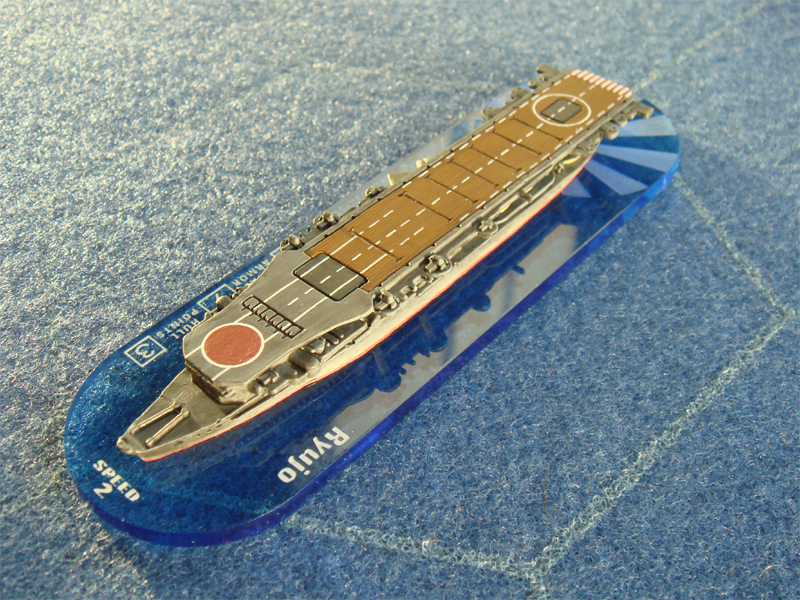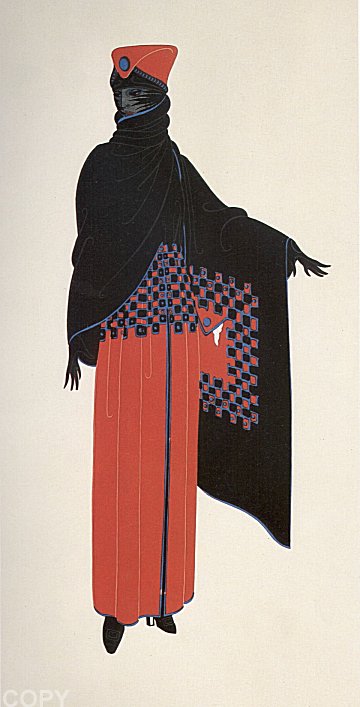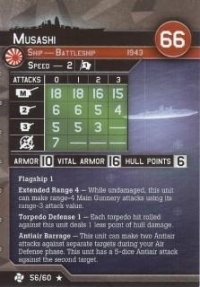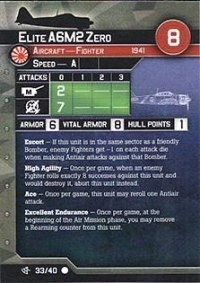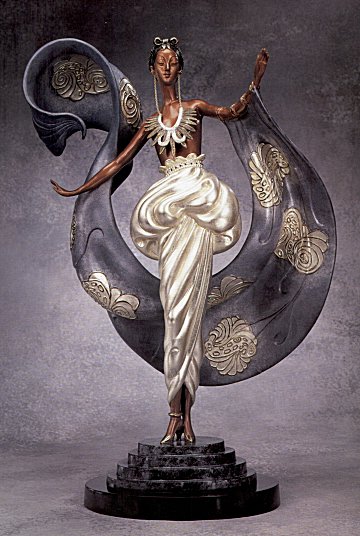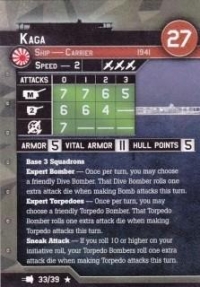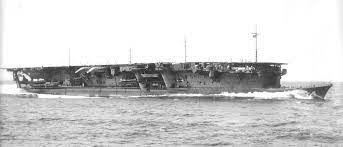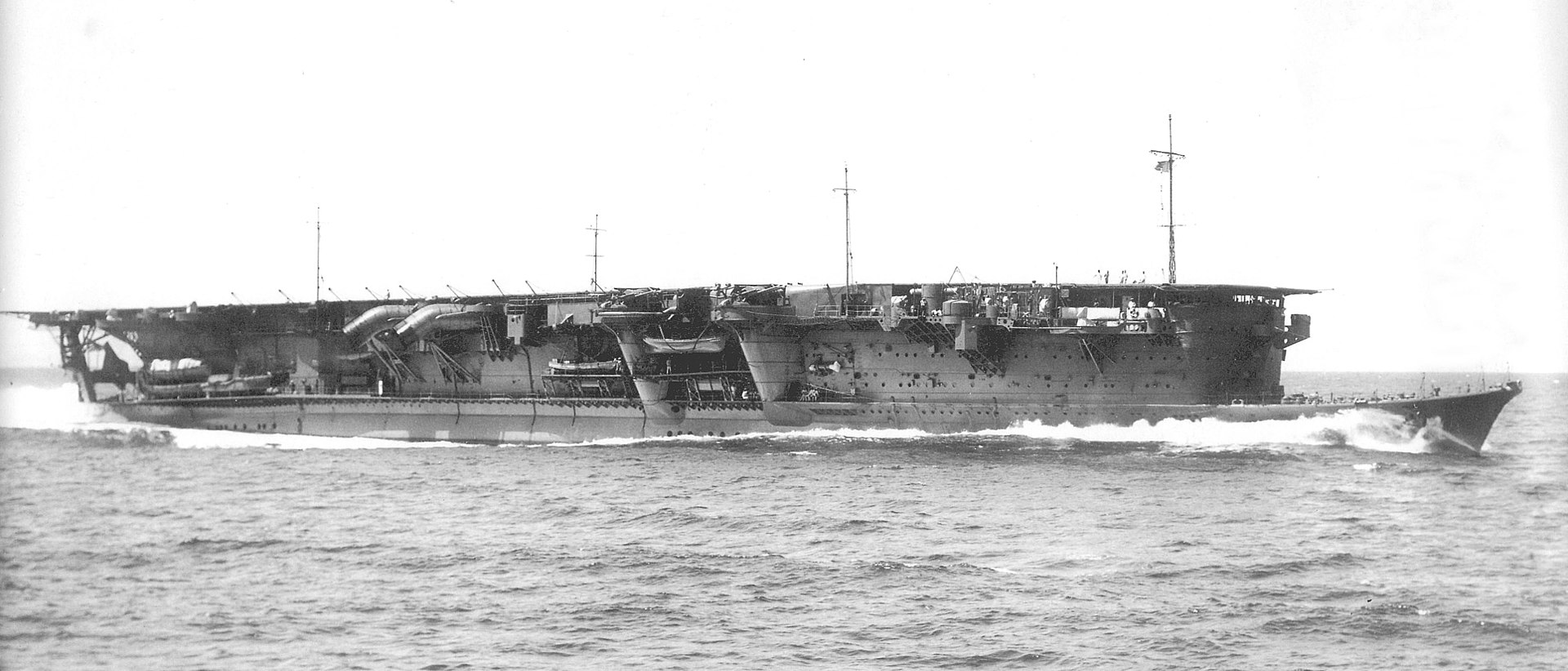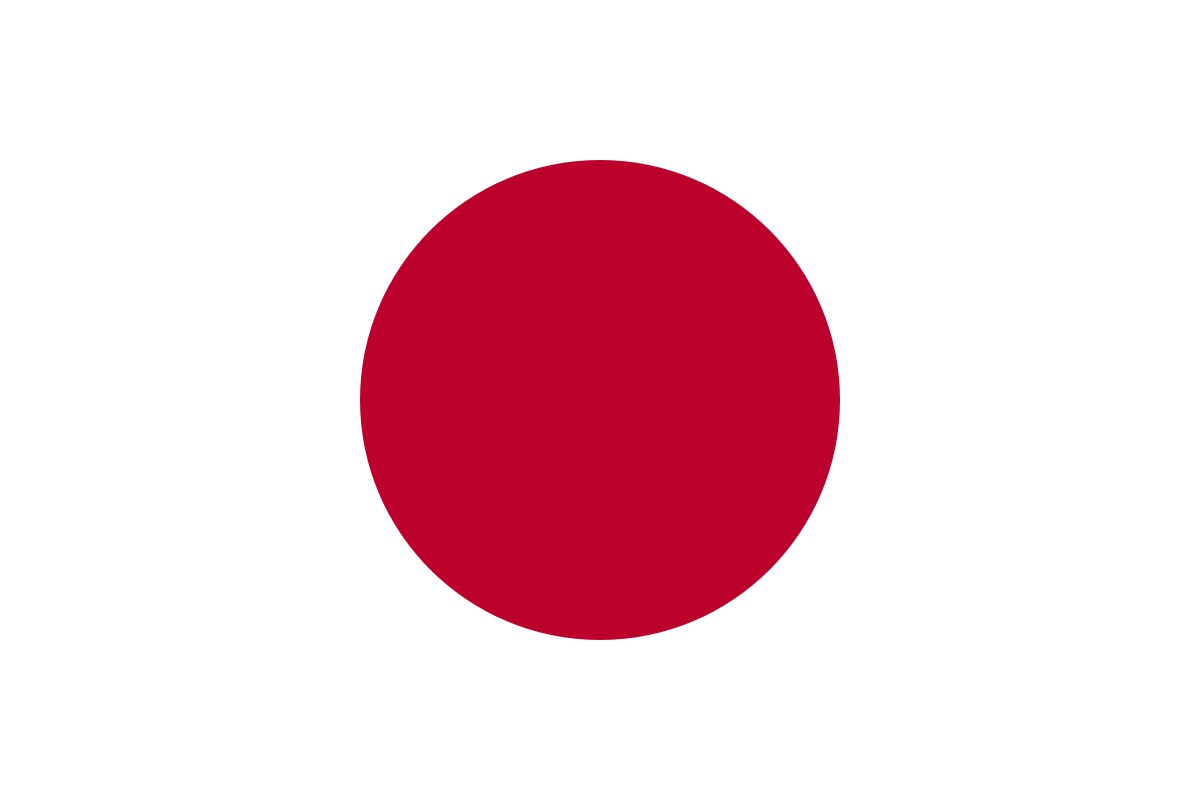Prototype: Ryūjō (Japanese: 龍驤 "Prancing Dragon") was a light aircraft carrier built for the Imperial Japanese Navy (IJN) during the early 1930s. Small and lightly built in an attempt to exploit a loophole in the Washington Naval Treaty of 1922, she proved to be top-heavy and only marginally stable and was back in the shipyard for modifications to address those issues within a year of completion. With her stability improved, Ryūjō returned to service and was employed in operations during the Second Sino-Japanese War. During World War II, she provided air support for operations in the Philippines, Malaya, and the Dutch East Indies, where her aircraft participated in the Second Battle of the Java Sea. During the Indian Ocean raid in April 1942, the carrier attacked British merchant shipping with her guns and aircraft. Ryūjō next participated in the Battle of the Aleutian Islands in June. She was sunk by American carrier aircraft at the Battle of the Eastern Solomons on 24 August 1942.
Class History: Ryūjō (Japanese: "Dragon Horse") was a light aircraft carrier built for the Imperial Japanese Navy (IJN) during the early 1930s. She was the only ship of her class.
Country: Japan is an island nation in the Pacific Ocean with dense cities, imperial palaces, mountainous national parks and thousands of shrines and temples. Shinkansen bullet trains connect the main islands of Kyushu (with Okinawa's subtropical beaches), Honshu (home to Tokyo and Hiroshima’s atomic-bomb memorial) and Hokkaido (famous for skiing). Tokyo, the capital, is known for skyscrapers, shopping and pop culture.
Although legend has it that Japan was founded in 660BC, archaeologists agree that settlement in the Japanese archpelago dates back as far as 100,000 years. The Jomon Period (8000-c.300BC) is the earliest that has been studied. It is named after the 'jomon' or cord-marked pattern style of pottery of the period.
Although legend has it that Japan was founded in 660BC, archaeologists agree that settlement in the Japanese archpelago dates back as far as 100,000 years. The Jomon Period (8000-c.300BC) is the earliest that has been studied. It is named after the 'jomon' or cord-marked pattern style of pottery of the period.
Item created by: Lethe on 2015-05-31 17:46:30. Last edited by gdm on 2022-08-10 06:23:51
If you see errors or missing data in this entry, please feel free to log in and edit it. Anyone with a Gmail account can log in instantly.
If you see errors or missing data in this entry, please feel free to log in and edit it. Anyone with a Gmail account can log in instantly.


